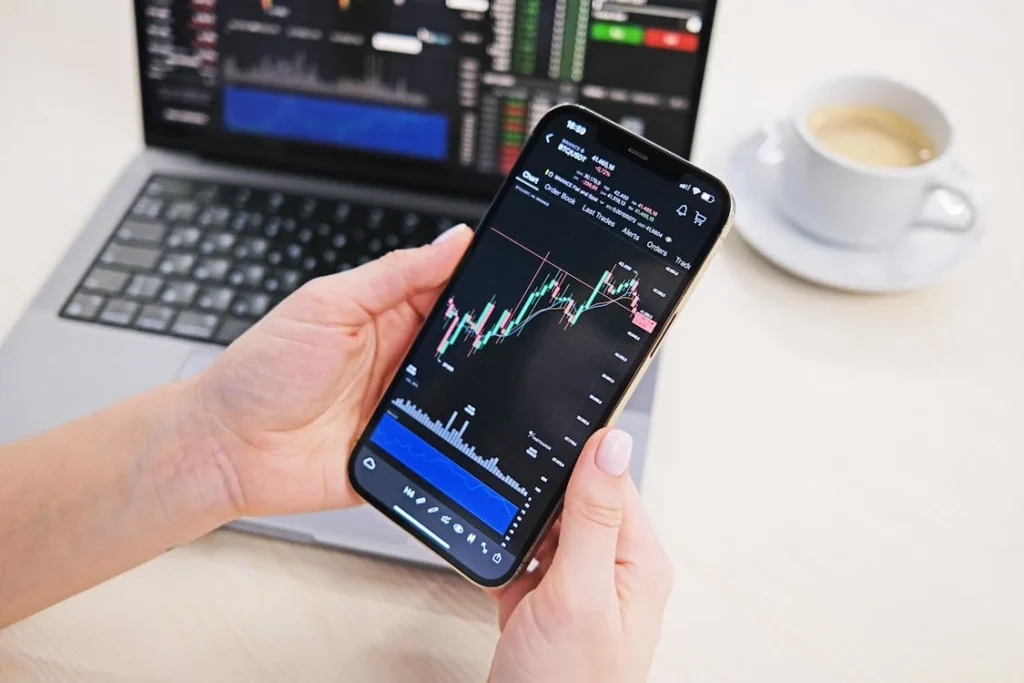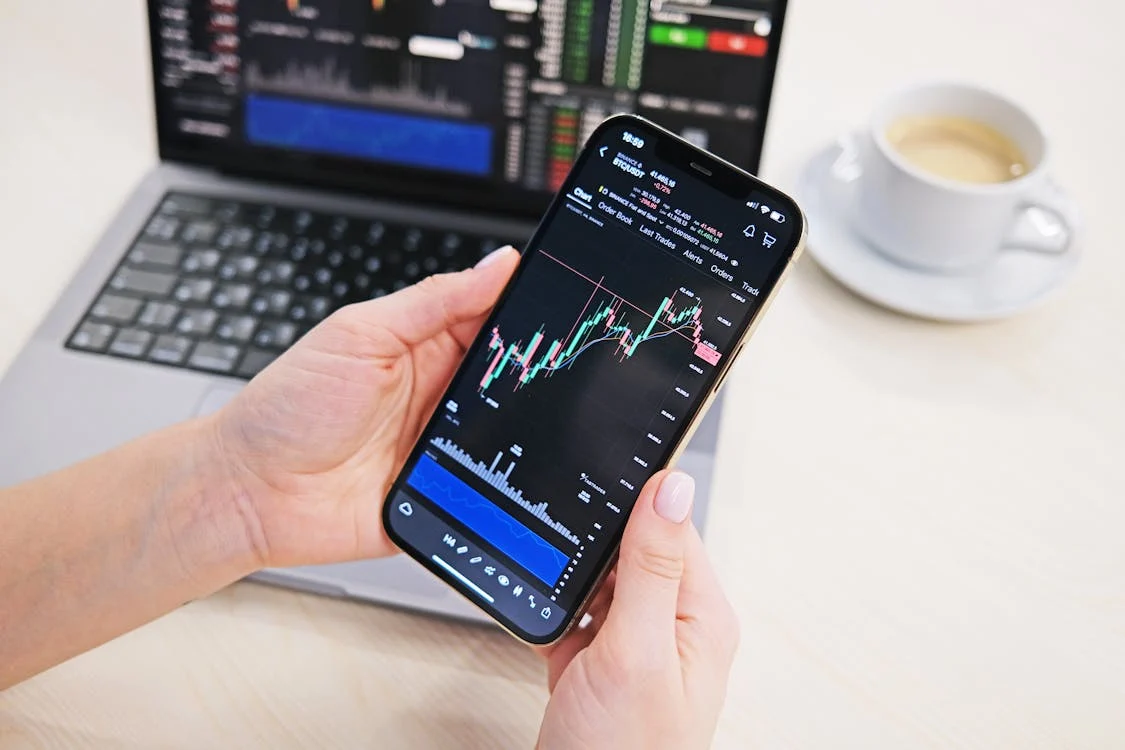One of the most powerful tools available to Forex traders is leverage. However, while leverage can amplify profits, it can also significantly increase potential losses. Closely related to leverage is margin, a critical concept every trader must understand to manage their trades effectively.
This article will break down the basics of leverage and margin in Forex trading, how they work, and the risks associated with using them.

What is Leverage in Forex?
Leverage in Forex allows traders to control a larger position size with a relatively small amount of their own money. It is usually expressed as a ratio, such as 50:1, 100:1, or even 500:1, depending on the broker and the regulations of the trading environment.
For example, with 100:1 leverage, a trader can control $100,000 in the market with just $1,000 of their own capital.
Leverage magnifies both gains and losses. A small price movement can result in significant profit or loss relative to the trader’s original investment.
What is Margin in Forex?
Margin is the amount of money that a trader must deposit to open a leveraged position. It acts as collateral to cover potential losses.
Margin is often expressed as a percentage. For example, a 1% margin requirement means that to open a position worth $100,000, the trader must deposit $1,000.
Margin should not be confused with the cost of a trade. It is simply a security deposit, and the majority of the funds are still provided by the broker.
How Leverage and Margin Work Together
Leverage and margin are interconnected. Higher leverage means lower margin requirements, and vice versa.
Example:
-
Leverage 100:1 = Margin requirement 1%
-
Leverage 50:1 = Margin requirement 2%
-
Leverage 25:1 = Margin requirement 4%
If the market moves against the trader, the broker may issue a margin call, requiring the trader to deposit more funds to maintain the open positions or risk automatic liquidation.
Benefits of Using Leverage
-
Increased Market Exposure: Traders can participate in larger trades with a smaller initial investment.
-
Potential for Higher Returns: Profits on winning trades are amplified.
-
Capital Efficiency: Traders can diversify their portfolio without tying up large amounts of capital.
Risks of High Leverage
-
Amplified Losses: Losses are also magnified and can exceed the initial investment.
-
Increased Volatility Impact: Small market fluctuations can have significant effects on account balances.
-
Margin Calls and Liquidation: If losses accumulate, brokers may forcibly close positions to prevent further loss.
Choosing the Right Leverage
Selecting the appropriate leverage depends on several factors:
-
Risk tolerance
-
Trading strategy
-
Market conditions
-
Account size
Experienced traders often use lower leverage to minimize risk, even when high leverage options are available. Proper risk management techniques, such as setting stop-loss orders and maintaining a reasonable position size, are essential when trading with leverage.




